Literacy Strategy 6: Word Walls
Using Word Walls Across Grade Levels
Word Walls can be used for any grade level: elementary, middle, or high school. In elementary school, Word Walls are used primarily to teach spelling, high frequency words, and sight words. In middle school and high school, Word Walls will become more content specific, such as for learning math, social studies, or science concepts.
Here is an example of a first-grade Word Wall.
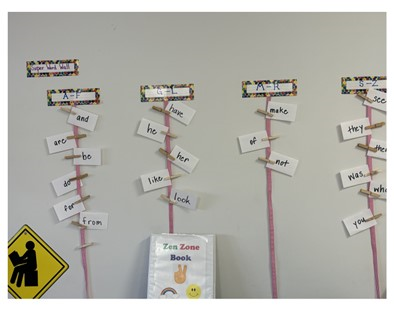
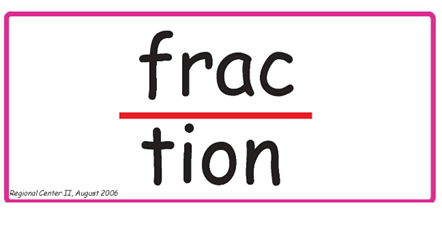
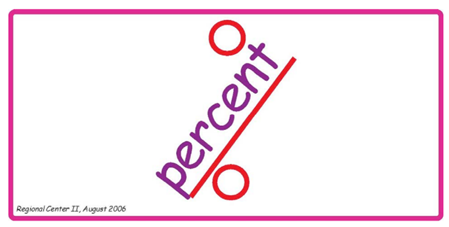
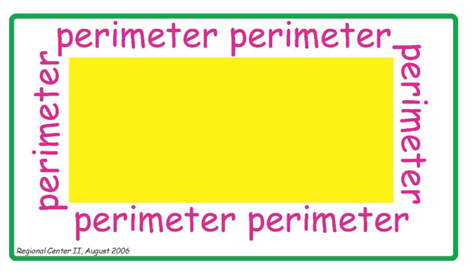
Word Walls can be used in content specific subjects such as math, science, ELA and social studies. Here is another example of a creative word wall:
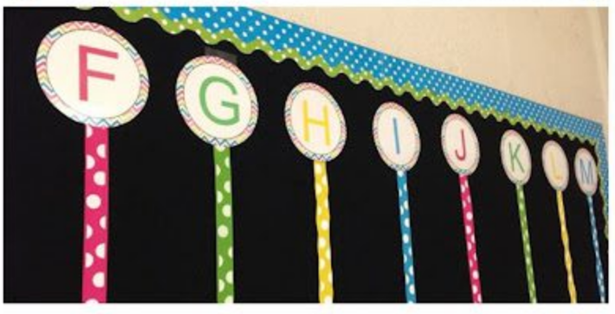
Words can be pinned to the ribbons or hung up with clothespins.
Word Walls can be used in many different content areas and in various ways to teach reading, writing, vocabulary, and content skills. Word Walls can be used to teach general academic vocabulary or cognate vocabulary, where words are compared in English and another language such as Spanish (Hooper & Harmon, 2015).
Why use Word Walls?
Word walls are defined as collections of developmentally appropriate vocabulary displayed somewhere in a classroom (Brabham & Villaume 2001; Thompkins 2003; Vallejo 2006). They serve as an excellent source of information for students attempting to analyze unknown words, spell unfamiliar words, or define new vocabulary. Teachers choose either to create separate word walls for these purposes or to use one single word wall to facilitate all three purposes (Brabham & Villaume, 2001). No matter how teachers present or arrange word walls, most are composed of several common attributes.
• All are collections of words that are developmentally appropriate for study by students in the classroom.
• Words are selected for specific instructional purposes.
• Collections are cumulative; as new words are introduced, familiar words remain for further study.
• Activities and talk about word walls provide conversational scaffolds that structure the ways that students study, think about, and use words.
• Words on walls serve as visual scaffolds that temporarily assist students in independent reading and writing (Brabham and Villaume, 2001).
References
Hooper, J., & Harmon, J. (2015). The many faces of word walls in middle school science classrooms: Variability in function and content. Science Scope, 38(6), 54–59.
